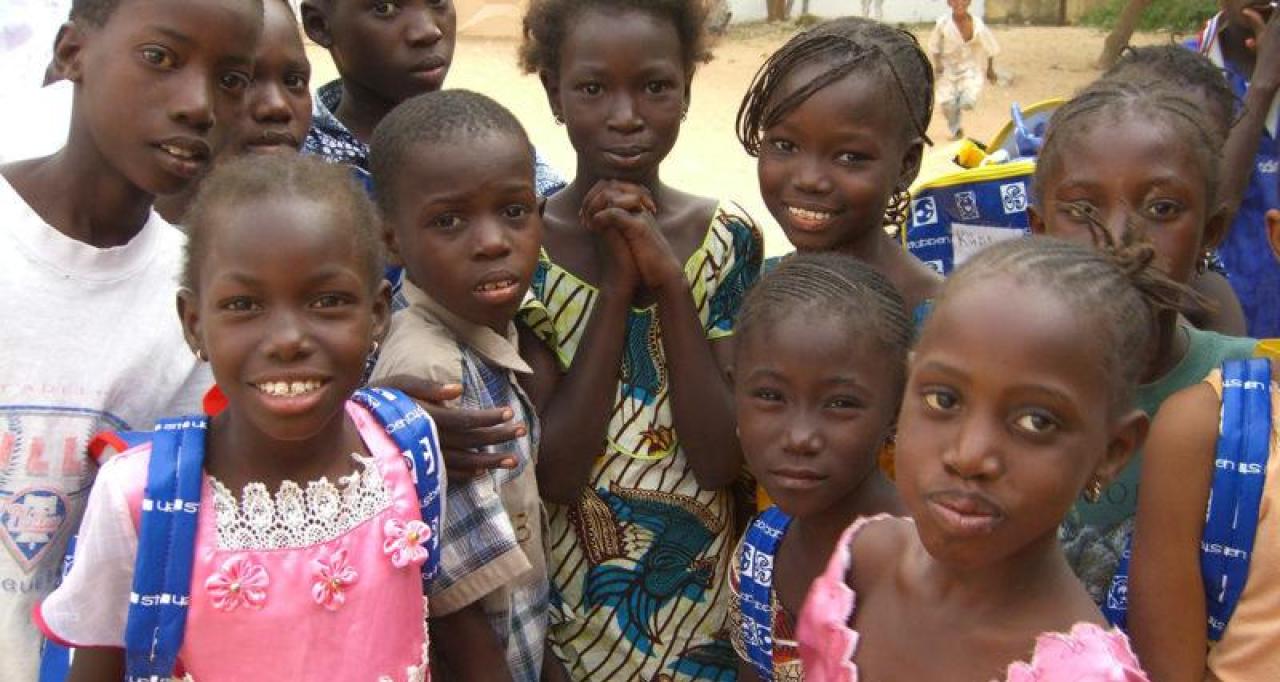Read on with Southern Voice’s network members Gala Diaz Langou and José Florito, Centro de Implementación de Políticas Públicas para…
This article aims to highlight the challenges of collecting qualitative, disaggregated data. It does so by using the case study of monitoring child-related indicators in Senegal.
A fundamental tenet of the 2030 Agenda for Sustainable Development, and the Sustainable Development Goals (SDGs), is to leave no one behind. This principle is clearly stated in the preamble of UN resolution 70/1 of September 2015. It is also embodied in SDG 10, which calls for “the social, economic and political inclusion of all regardless of age, sex, disability, race, ethnicity, origin, religion, economic status or other”. To make sure no one is left behind, disaggregated and quality statistical data is imperative. Aggregated data is the compilation of many data into one (summaries of data). It often hides the disparities that exist between groups. For example, schooling of children in a given region versus schooling of girls and boys. By contrast, disaggregated data emphasizes the specificities of different groups, allowing policies and interventions to better target vulnerable populations.
In this spirit, in collaboration with UNICEF, Initiative Prospective Agricole et Rurale (IPAR) conducted a study focused on four regions in Senegal considered to be home to the most vulnerable children: Sedhiou, Kolda, Tambacounda, and Kedougou. IPAR researchers identified which SDGs are likely to have a direct and/or an indirect impact on children, as well as 50 corresponding monitoring indicators. The study aimed to highlight these indicators’ level of disaggregation. The exercise concerned the regional, departmental, and municipal level.
The researchers faced the following challenges while collecting this data:
Continue reading on: data4sdgs.org
Text editor: Gabriela Keseberg Dávalos


